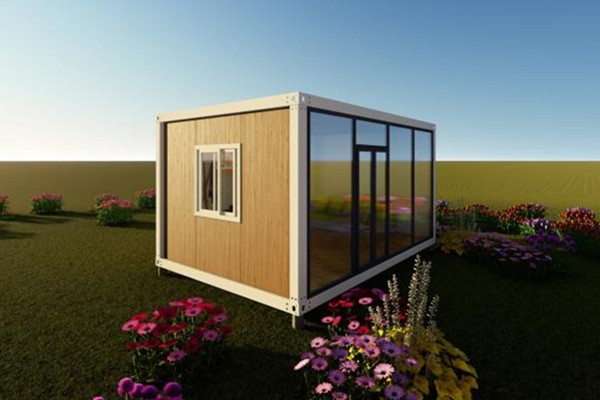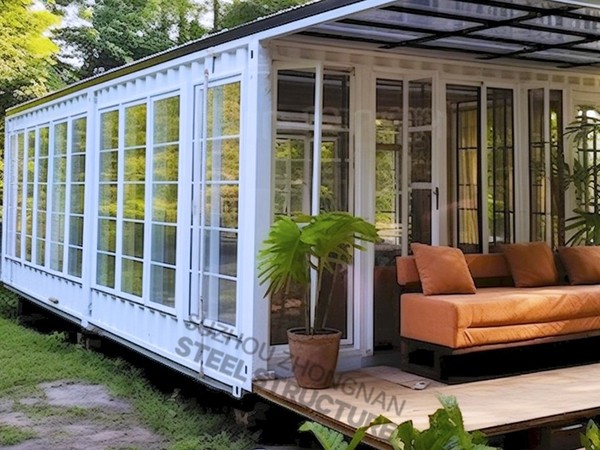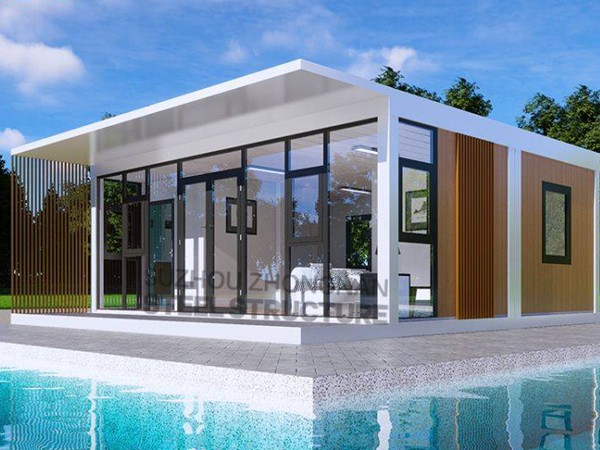Container Houses in Disaster Relief: Reliable Solutions
When disaster strikes, you need solutions that are both reliable and efficient. container houses offer a practical answer to urgent challenges in disaster relief. Their sturdy steel construction withstands harsh weather, ensuring durability in extreme conditions. You can deploy them quickly, as they arrive pre-fabricated and ready for use. Compared to traditional building materials, they are more cost-effective, reducing both construction and logistical expenses. Additionally, disaster relief containers can be repurposed and relocated, making them a sustainable choice for long-term use.
| 1. container houses are strong and can handle bad weather. This makes them great for disaster help.2. They come ready-made, so they can be used quickly in emergencies. Fast help is very important.3. Containers can be changed for different uses like accommodation, storage, or clinics. This makes them very useful.4. Working with local people to design containers makes sure they fit cultural needs and are accepted. |
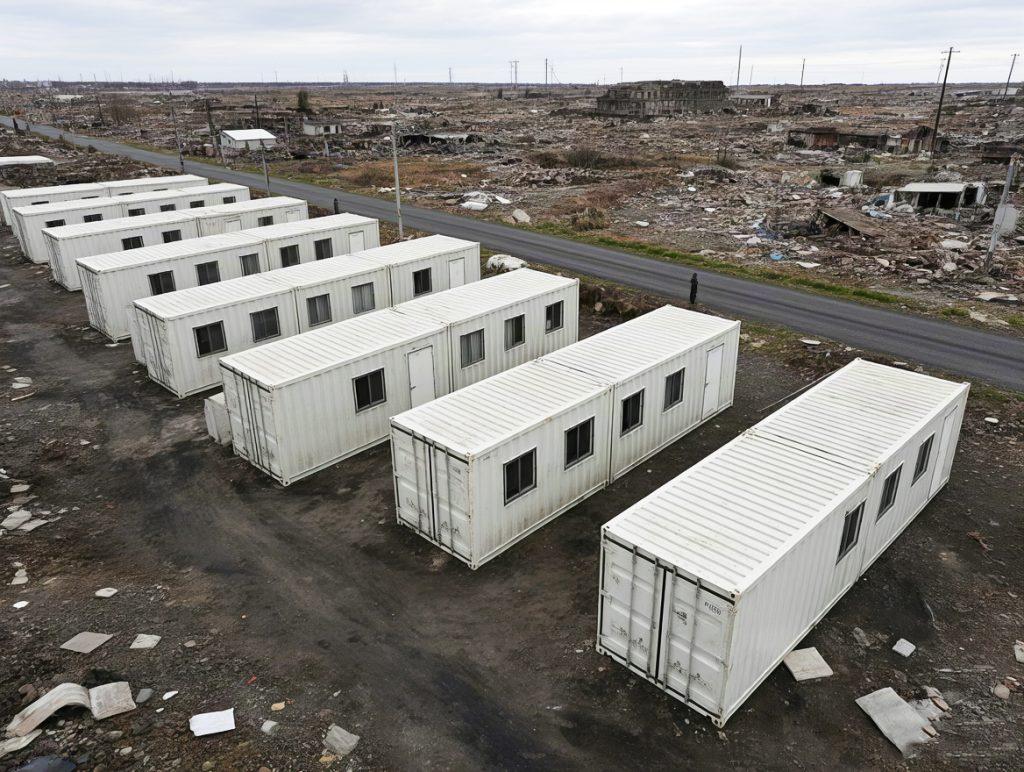
1. Benefits of Disaster Relief Containers
(1)Durability and Longevity:
Resistance to extreme weather conditions
Container houses are built to endure the harshest conditions, making them ideal for disaster relief. Their steel construction, originally designed for marine environments, provides exceptional resistance to high winds, heavy rains, and even minor seismic activities. This durability ensures that disaster relief containers can protect individuals and supplies from environmental threats. For example, during Hurricane Katrina, these containers served as secure shelters, safeguarding occupants from the storm's devastating impact.
Reusability for multiple disaster scenarios
You can repurpose container houses for various disaster scenarios, making them a cost-effective and sustainable solution. After the 2011 earthquake and tsunami in Japan, containers were converted into temporary homes for displaced families. Similarly, they were used as schools and clinics following the Haiti earthquake in 2010. Their ability to adapt to different needs ensures long-term usability, reducing waste and maximizing resources.
- Rapid Deployment:
Pre-fabricated and ready for immediate use
Disaster relief containers arrive pre-fabricated, allowing for immediate deployment in crisis zones. This feature eliminates the delays associated with traditional construction methods. After the Christchurch earthquake, containers were quickly transformed into temporary homes and public spaces, demonstrating their readiness for use in emergencies.
Easy transportation to affected areas
The standardized design of container houses simplifies transportation to disaster-stricken regions. Their modular structure allows for efficient stacking and shipping, ensuring rapid delivery. Unlike conventional relief solutions, which often face logistical challenges, these containers streamline the process. For instance, during Typhoon Haiyan, containers were swiftly delivered and repurposed into sustainable housing for affected communities.
- Versatility:
Adaptable for housing, storage, and medical use
Disaster relief containers can be customized to meet various needs. They can serve as insulated shelters for displaced families, secure storage units for food and medical supplies, or mobile clinics equipped with essential healthcare tools. Their adaptability makes them invaluable in addressing diverse challenges during disaster recovery.
Modular design for scalability
The modular nature of container houses enhances their scalability. You can stack and arrange them to create larger structures, such as emergency housing complexes or field hospitals. This flexibility allows you to respond effectively to changing circumstances. For example, containers were combined to form temporary housing units after the Black Saturday bushfires, providing a scalable solution for affected residents.
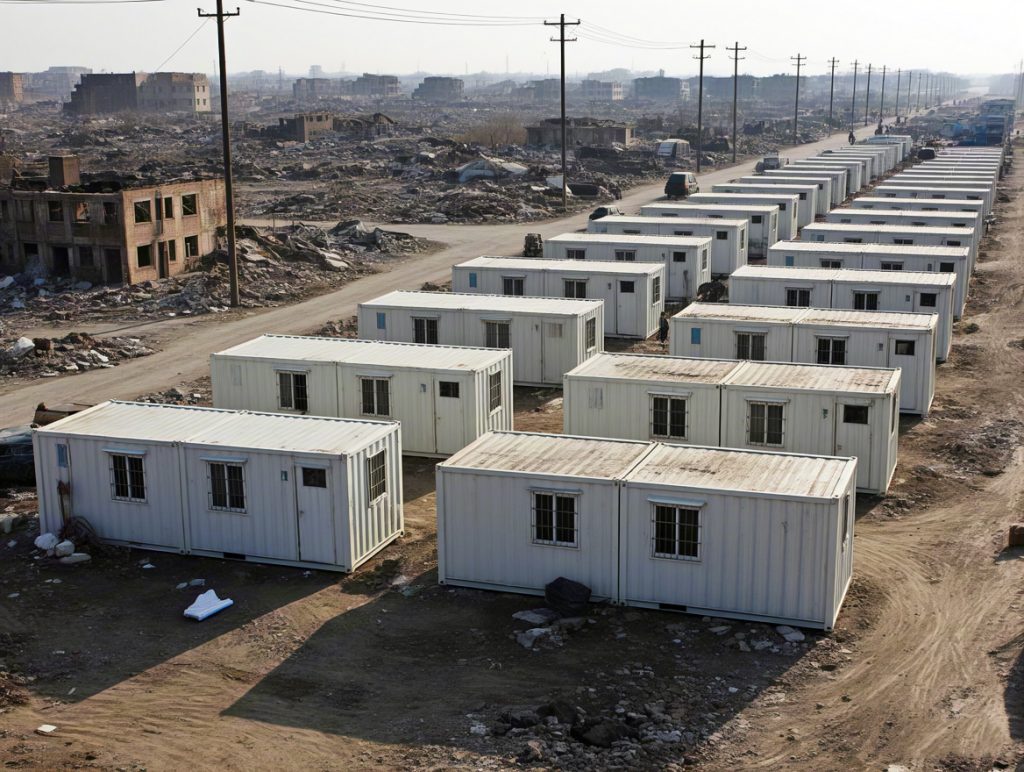
2. Practical Applications of Disaster Relief Containers
- Emergency Housing:
Temporary shelters for displaced individuals
When disasters displace families, you need immediate solutions to provide shelter. container houses excel as temporary housing due to their rapid deployability and structural integrity. They can be modified with insulation, ventilation, and utilities to create livable spaces. For example, after the 2011 earthquake and tsunami in Japan, containers were quickly converted into residential units, offering displaced individuals a safe and secure place to stay. These shelters bridge the gap until permanent housing becomes available, ensuring no one is left without a roof over their head.
(2)Secure Storage Solutions
Protection for food, water, and medical supplies
Disaster relief containers provide secure storage for essential supplies like food, water, and medicine. Their steel construction ensures durability, while heavy-duty locking mechanisms protect against theft. These containers are weatherproof, safeguarding supplies from rain, wind, and extreme temperatures. During chaotic situations, you can rely on them to keep critical resources safe and accessible.
(3)Mobile Medical Units
Clinics equipped with essential medical tools
Container houses can be transformed into mobile medical units, providing healthcare services in disaster-stricken areas. These units are equipped with medical-grade materials, lighting, and plumbing to meet healthcare needs. Their portability allows you to position them strategically, even in remote areas. These units can serve as temporary ICUs, emergency response clinics, or vaccination centers. By providing essential healthcare services, they play a crucial role in disaster recovery efforts.
(4)Communication hubs for relief teams
Effective communication is essential during disaster response. container houses can be transformed into communication hubs equipped with advanced technology. These hubs enable relief teams to stay connected, even in remote or infrastructure-damaged areas. You can install satellite communication systems, internet connectivity, and radio equipment to facilitate seamless coordination.
Containers also serve as temporary offices where teams can hold meetings, share updates, and strategize. Their compact design allows you to position them close to disaster sites, reducing response times. For instance, during the Nepal earthquake, modified containers acted as command centers, ensuring uninterrupted communication between field teams and central operations. By providing a reliable base for communication, disaster relief containers enhance the efficiency and effectiveness of relief efforts.
Tip: When setting up command centers, consider adding solar panels to power communication equipment sustainably. This approach reduces reliance on external energy sources and supports eco-friendly disaster relief operations.
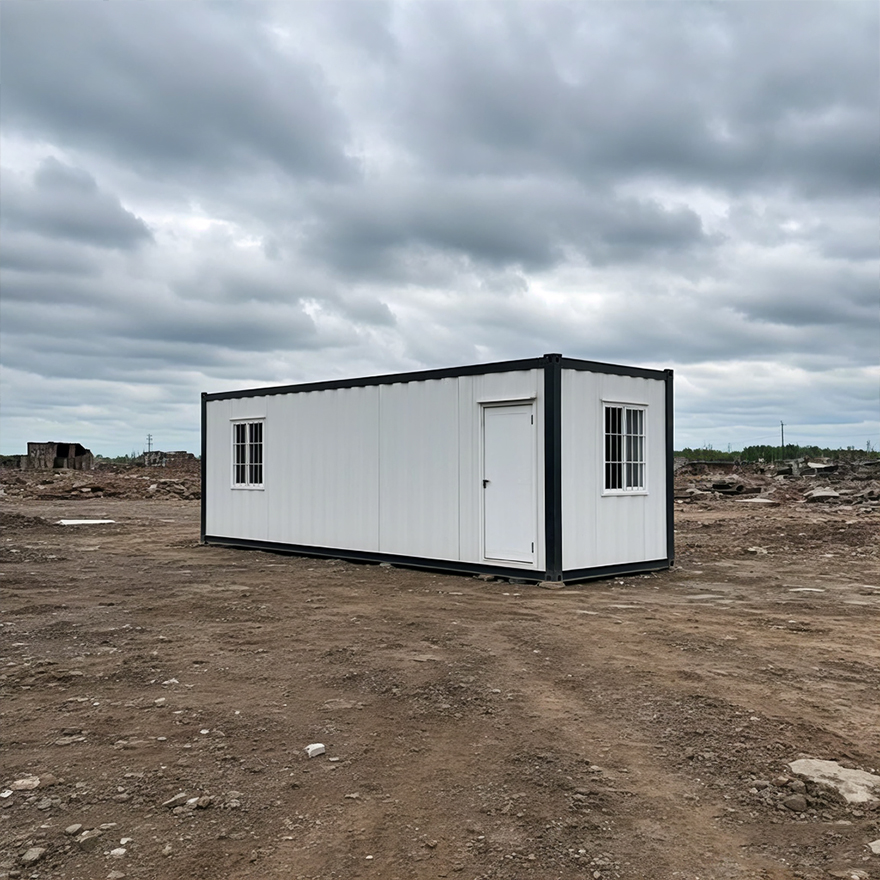
3. Key Considerations for Implementing Disaster Relief Containers
(1)Customization and Retrofitting
You can customize disaster relief containers to meet specific needs, ensuring they serve their purpose effectively. Common modifications include adding insulation and ventilation to regulate temperature and airflow. You can also install windows, doors, and roofing solutions to enhance comfort and usability. For housing, containers can be retrofitted with beds, kitchens, and bathrooms. Medical units may require sanitation facilities and refrigeration for medicines. These adjustments make containers adaptable for various disaster scenarios.
Tip: Always involve local stakeholders when designing container solutions to ensure they align with community expectations.
(2)Costs and time involved in custom options
Customization offers flexibility but requires careful planning to manage costs and time. container houses are cost-effective compared to traditional materials, offering long-term savings due to their reusability. Prefabricated units reduce lead times, enabling rapid deployment. However, adding features like utilities or specialized equipment may increase expenses and delay readiness.
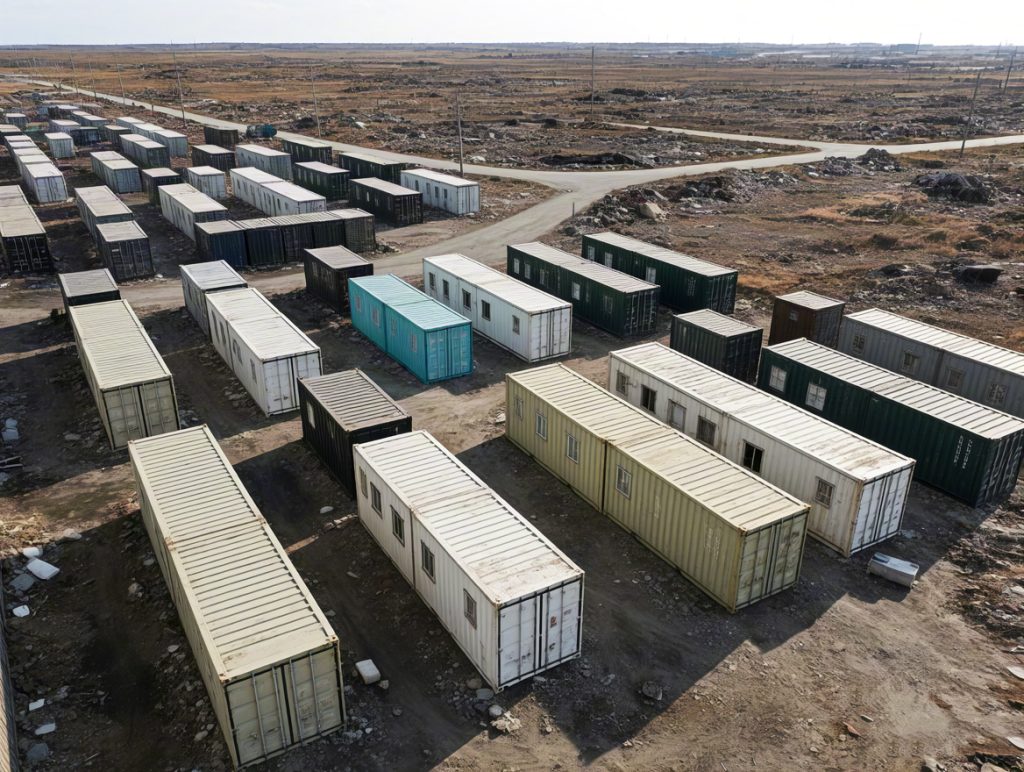
FAQ
1.What makes container houses a reliable choice for disaster relief?
container houses offer unmatched durability, rapid deployment, and adaptability. Their steel construction withstands extreme weather, while their modular design allows customization for housing, storage, or medical use. You can also reuse them for multiple scenarios, making them a cost-effective and sustainable solution.
2.How quickly can disaster relief containers be deployed?
You can deploy container houses almost immediately. Their pre-fabricated design eliminates construction delays, and their standardized size ensures easy transportation. This rapid setup makes them ideal for emergencies where time is critical.
3.Can container houses be customized for specific needs?
Yes, you can modify containers to suit various purposes. Add insulation, ventilation, or utilities for housing. Equip them with medical tools for clinics or secure locks for storage. These customizations ensure they meet the unique demands of each disaster scenario.
4.Are disaster relief containers environmentally friendly?
Absolutely! container houses promote sustainability through reuse and recycling. By repurposing existing materials, you reduce waste and minimize the carbon footprint associated with new construction. Eco-friendly insulation and solar panels further enhance their environmental benefits.

